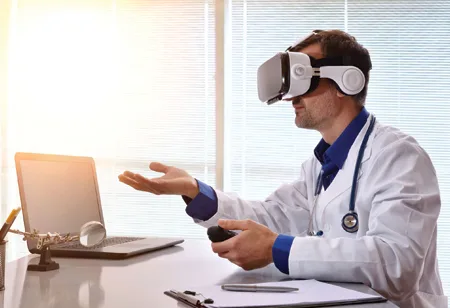A robust PPE program can lead to increased operational efficiency and productivity, as it is imperative to view this expenditure as a long-term investment in healthcare infrastructure.
FREMONT, CA: Personal Protective Equipment (PPE) is an indispensable component of ensuring the safety and well-being of healthcare professionals. In the face of various contagious diseases and hazards, implementing PPE in healthcare settings is paramount. The cornerstone of any effective healthcare system lies in the health and well-being of its workforce. PPE serves as a frontline defense, shielding healthcare workers from potential hazards encountered during their duties. It includes exposure to infectious agents, harmful chemicals, and physical hazards. Healthcare institutions demonstrate their commitment to ensuring their employees' safety and security by providing adequate personal protective equipment.
Infectious diseases pose a constant threat within healthcare environments. PPE acts as a critical barrier, preventing the transmission of pathogens between patients, healthcare workers, and visitors. It is particularly pertinent in airborne or droplet-borne illnesses, where respiratory protection, like N95 respirators, is essential. PPE mitigates contact transmission risk, reducing the potential for nosocomial infections. Healthcare facility patients are often vulnerable, and their susceptibility to infections necessitates stringent protective measures. Healthcare professionals protect themselves and shield against potential sources of infection by wearing PPE.
The practice embodies the ethical principle of beneficence, where healthcare providers strive to promote the well-being of their patients—the broader community benefits significantly from the rigorous implementation of PPE in healthcare settings.

